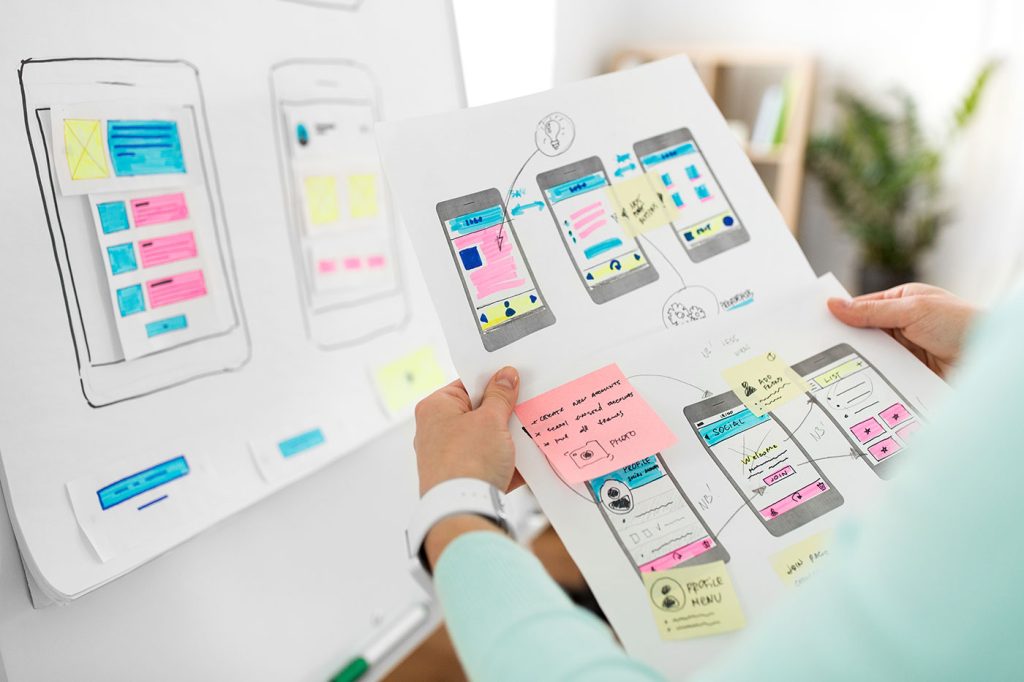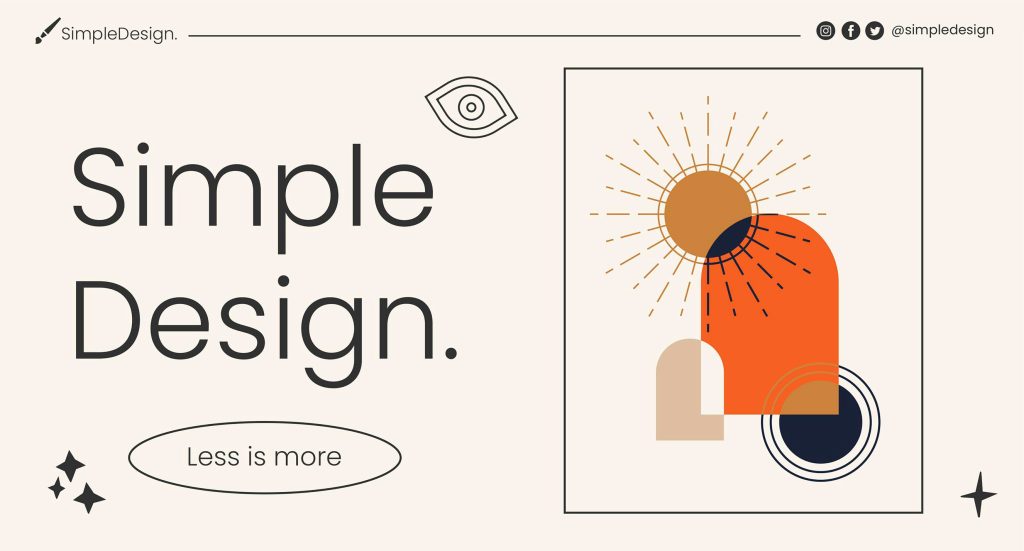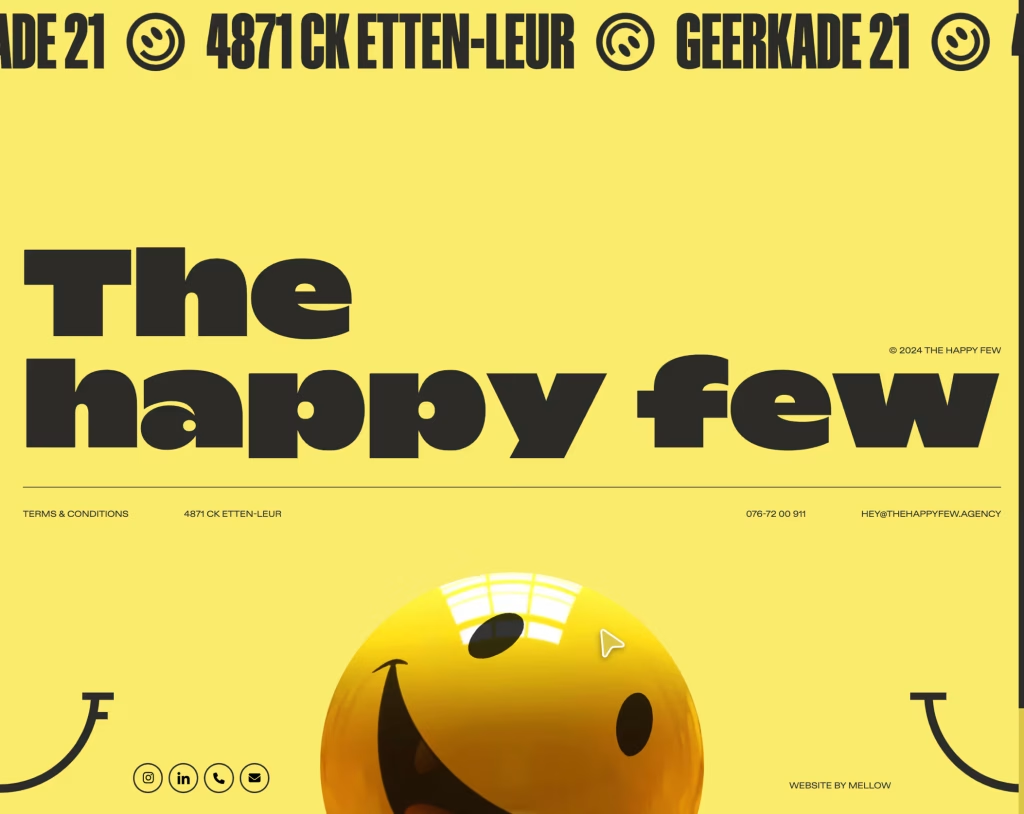In the past, fantastic web design was a simple business. All you had to do was ensure that the design looked good in Internet Explorer or Netscape, and your job was pretty much done. Some designers even took it upon themselves to mandate which browser the user should be operating. And for many designers, the visual design was not only a primary concern, but the only concern.
That approach created a terrible legacy which is still sometimes experienced today, where the site content often is given secondary importance to eye candy and window dressing.
Things have now changed a great deal. Users have a multitude of different devices and browsers to choose from, so there is a real challenge to create a design that will work consistently on any device and browser combination. Unfortunately the challenge involved in meeting the task of ensuring total browser compatibility often leads to designers forgetting to ensure total user compatibility. In other words, where accessibility should be given utmost importance, it is often forgotten entirely or merely added in as an afterthought.
Such an approach can be costly for a number of reasons, not all of which are immediately obvious…
1) If your design is not accessible, you are robbing your client
According to data sourced from CDC, almost one-in-five American adults have trouble with their hearing and almost one-in-ten adults have trouble with vision. The hard numbers just for these disability categories alone is more than 58 million individuals.
How many business owners do you think would be pleased at the prospect of losing up to 20% of the potential market for their products and services for no valid reason? That is exactly the scenario you provide them with if your website is not accessible.
2) You may have a legal obligation to provide accessibility
In the United States, many websites exist within categories that are legally required to be accessible. Many other countries have similar laws. The main categories of websites in the US that must include accessibility as a compulsory design factor include:
- sites designed for use and display by any agency of the US Government, or any state government eligible for Assistive Technology funding (covered by Section 508 of the Reauthorized Rehabilitation Act, 1998);
- sites designed for use and display by any organization receiving federal financial assistance of any kind (covered by Section 504 of the Rehabilitation Act, 1973);
- sites designed for use in formal education settings, such as schools and colleges (covered by the Individuals with Disabilities Education Act , 1997);
- commercial websites — although the laws are not yet fully tested, various anti-discrimination laws may apply, such as the Americans with Disabilities Act , 1990. Retail giant Target was sued over accessibility, opting to settle the matter out of court, it is only a matter of time before more commercial website owners could find themselves in a similar situation.
Even if none of the other great reasons for including accessibility are enough to persuade you, the fact you may be legally required to do it should certainly be a consideration.
3) It is ethically and morally right to make your website inclusive
When your website does not include accessibility features, some people won’t be able to use it, and that simply isn’t fair. While some users with disabilities may just shrug it off as being exactly what they expected, many will be angry and feel that by not including accessibility you are not respecting them – and they’d be right!
4) People with disabilities are not a silent minority
Now, more than ever, the Internet has given a voice to people who previously may not have had much opportunity to speak their minds in public. In a very large way, access to communications through the Internet has leveled the playing field between disabled and non-disabled computer users. If there is a perception that a business or other organization doesn’t support the disabled, then the PR consequences can be disastrous.
5) Being accessible can win loyalty and trust
If your competitor’s website is not accessible and yours is, guess which one will get more repeat traffic? Remember, some 20% of the population have a disability, and in fact people with disabilities are more likely to engage in online shopping activity than the average citizen. Shopping in the offline world suffers from accessibility issues too, and the Internet provides a way for everybody to get equal treatment and service without any physical and social barriers.
6) It is not difficult to include accessibility features
One of the main reasons why many designers and developers don’t include accessibility is because they think it will be too difficult. In fact, with semantic markup, and a small amount of planning, it is not necessarily difficult to make a website more accessible. All it really takes is an awareness of accessibility. In many case you’ll find it harder to make a site that isn’t accessible.
7) Accessibility is not just about “blind people”
The Internet is largely a visual environment, so it is no surprise that a lot of literature dealing with accessibility has focused heavily on the needs of visually impaired users. Obviously those users are important, but that monolithic focus has led many developers to believe that accessibility just means adding the alt attribute to images. There are many other disabilities that require equal attention.
True accessibility is about providing universal access. That means anyone who wants to access information on the website can do it, regardless of platform or physical ability.
8) Accessibility is about responsiveness
Accessibility is about enabling any user to access content, however they choose; rather than forcing users to engage with your site in a way you favor. Many people who would not be classed as disabled take advantage of accessible features. For example, a lot of people dislike trackpads on laptops and prefer to navigate webpages with the keyboard.
An obvious conclusion
Accessibility carries with it an economic benefit, it has social and PR benefits, it avoids potential litigation issues, and it will help you sleep that little bit better. Implementation is simple in a new site, which should be using semantic markup anyway.
Improving the accessibility of a website does not need to be a difficult process. Always use responsive design this enables access by the widest range of devices, and allows vision-impaired people to scale the site content to suit their needs. Ensure your content still has logical flow when CSS is turned off. Add closed captions and/or transcripts to all video and audio content. When writing transcripts, consider describing any significant actions in text form.
If you’re upgrading a legacy website to be accessible, or building JavaScript-heavy sites, then take a look at Aria.
Don’t make accessibility an afterthought, treat is as part of a responsive design process, and plan to work this way from the start of every project.
Featured image uses disability image via Shutterstock.






